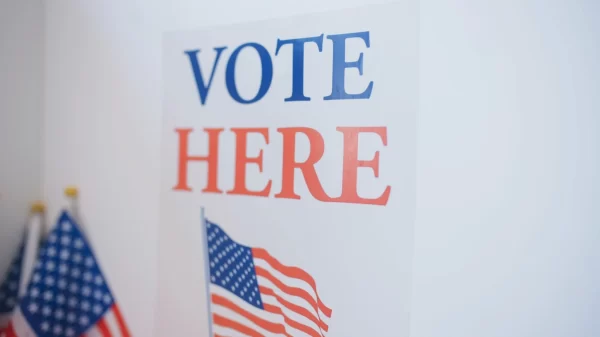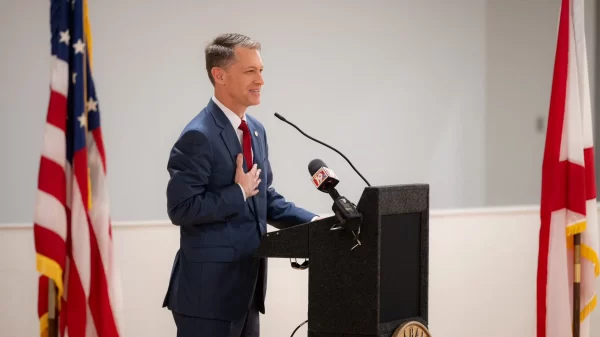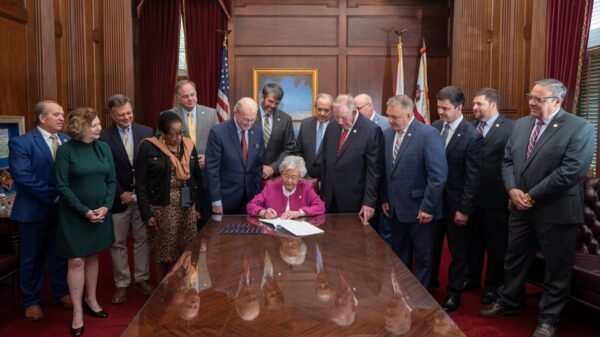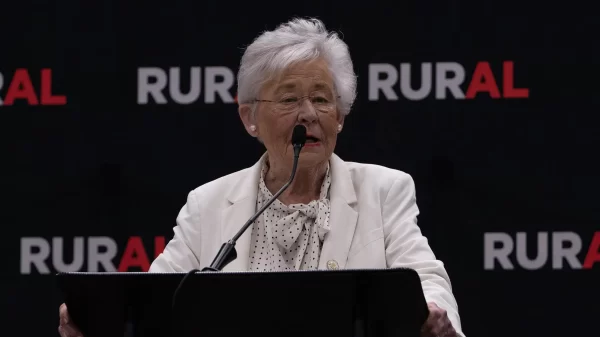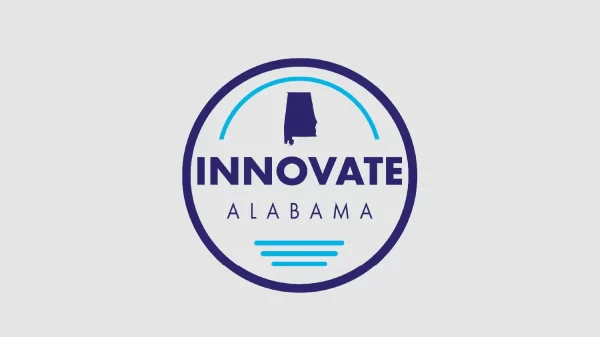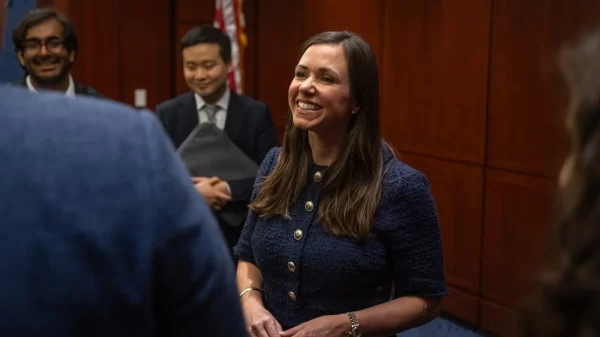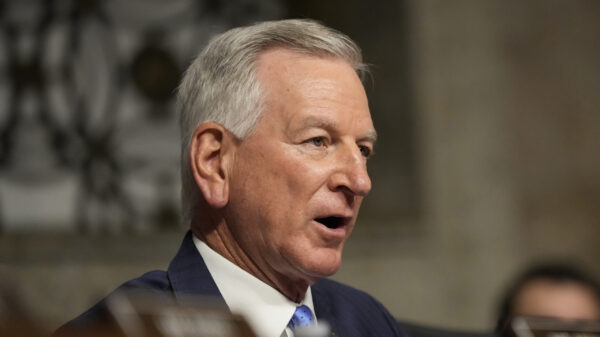|
Getting your Trinity Audio player ready...
|
Hundreds of students from a variety of family backgrounds with individual needs cross school thresholds daily across Alabama. Understanding that education is only part of a student’s well-being, educators and schools are encouraged to provide opportunities for every student. This means considering a student’s needs holistically.
For example, if a student comes to school hungry or in a state of hypervigilance due to abuse, bullying, or other trauma, she will have a difficult time paying attention and learning. Such needs must first be addressed before the student can be expected to function appropriately in a classroom environment.
While we encourage educators and schools to approach students holistically based on needs, we don’t ask for the same from our outdated education funding system.
This system determines how much money each school district receives from the state’s education budget. It is a system driven by numbers rather than students’ unique needs. It also lacks transparency and does not allow schools to adjust how they spend money to address their students’ needs.
VOICES for Alabama’s Children (VOICES) has been researching child well-being and advocating for policies to improve the lives of children and their families for more than 30 years. Our ultimate goal is to ensure that every child in Alabama is safe, healthy, educated, and financially secure, resulting in strong families and communities. Our Alabama Kids Count Data Book is the most comprehensive and trusted source for Alabama child well-being data and guides our policy and advocacy work.
Data published in the 2023 Alabama Kids Count Data Book shows low student academic achievement. During the 2022-2023 school year, only half of Alabama’s fourth-graders and 21 percent of eighth-graders were proficient in math. That same school year 54.6 percent of fourth-graders and 50.6 percent of eighth-graders were proficient in English language arts.
While student achievement is low for all student groups, students who perform the best are those whose families (and communities) can provide the things they need to thrive. Some students such as rural students, students with disabilities, and students from low-income communities are disproportionately affected by the achievement gap and are more likely to attend schools with less funding and fewer resources. Groups of students who are disproportionately affected in Alabama include:
- 44 percent of Alabama children who live in rural counties
- 18.3 percent of our state’s children who experience food insecurity
- 29,210 children who received mental health services for serious emotional disturbances (in 2022)
- More than 1 in 5 Alabama children (22.3 percent) living in poverty.
Investing in public education is a good idea and a crucial step toward building a better society and a stronger economy. Research demonstrates that individuals who receive a quality education are more likely to secure stable jobs, contribute positively to their communities, and avoid reliance on public services. By providing better education, we can reduce crime rates, improve public health, and create a more prosperous society for everyone.
Despite the proof that investment in education is beneficial, Alabama ranks 39th in the nation in the amount of money spent per pupil. The state’s average was $14,402 in FY2022, which was $4,009 below the national average. Only 2.5 percent, or $183 per student per year, of state education funding is dedicated to supporting students in poverty, students with special education needs, and English learners.
This is why VOICES is proud to be one of the 30 statewide coalition members of Every Child Alabama. Together, we are advocating to modernize Alabama’s student funding formula to ensure that every child has the resources they need to reach their full potential. It is past time to implement a student-weighted education funding formula so that Alabama can ensure all school districts receive proportionate funding and more flexibility to address the individual needs of students in their communities.

